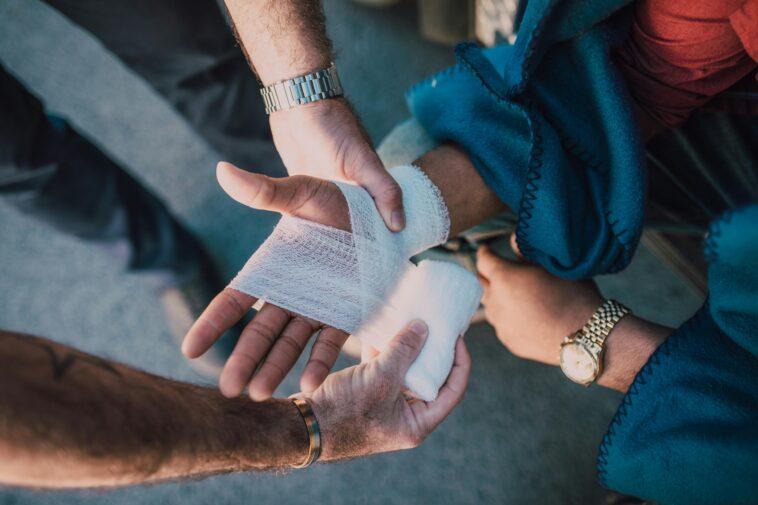To prove pain and suffering in a personal injury case, provide medical records, doctor statements, and evidence of emotional distress, like anxiety or depression. Document lifestyle changes and limitations caused by the injury. Testimonies from family or friends can support your claim. A skilled Fort Lauderdale personal injury lawyer from https://schillingsilvers.com/ can help build a strong case.
Establishing pain and suffering in injury lawsuits can be challenging, as factors such as emotional distress and physical discomfort are involved. These factors are crucial in these cases to ensure fair compensation for the injured party. This article will discuss methods to showcase these damages and achieve fair settlements.
Exploring the Depths of Pain and Struggle
Pain and suffering encompass both physical discomfort and emotional turmoil. Physical agony includes the injuries sustained, while emotional distress refers to anxiety, depression, or trauma resulting from the incident. These elements are subjective and challenging to quantify, making their validation crucial in personal injury claims.
Recording Medical Proof
Medical proof is crucial in supporting a claim for pain and suffering. Thorough documentation outlining diagnoses and treatments sheds light on the seriousness of injuries. It’s essential to keep records of visits to healthcare providers to showcase how the injuries continue to affect the victim’s daily life. Additionally, expert medical professionals can provide their insights and professional viewpoints to support the claims made by the victim.
Maintaining a Diary to Track Experiences of Discomfort
Keeping a record of one’s pain through a journal captures the challenges and emotional journey one goes through personally. Consistent entries detailing symptoms are vital. Emotional well-being, alongside the constraints of daily routines, can vividly portray the difficulties faced by the individual. This personal diary serves as proof by adding a touch to the case and presenting a narrative that connects with both juries and adjusters on an emotional level.
Collecting Accounts from Witnesses
People who were present can provide a view of the victim’s situation. Be it family members or friends who have noticed shifts in behavior or physical abilities due to the injury suffered by the victim. Their accounts can strengthen the case by showing how the injury has impacted the victim’s life. Having a variety of witnesses makes the case more compelling.
Drawing on Insights from Professionals
Professionals, like psychologists and pain specialists, play a role in accurately assessing the victim’s pain and suffering in cases. They help clarify how injuries can impact one’s well-being and overall quality of life in the long run. These expert insights often influence discussions and legal processes.
Pondering the Severity of the Injuries
The extent of injuries plays a role in determining the amount awarded for pain and emotional distress in cases. In cases where there are disabilities or disfigurements involved, the compensation tends to be higher because of their lasting effects. Moreover, the type of recovery process and its duration impact the settlement amount well. For instance, if someone experiences pain or requires medical treatment, it signifies greater suffering and could justify seeking a higher compensation claim.
Examining the Influence on Everyday Living
Sufferings caused by injuries that impede tasks shed light on how they affect the victim’s way of life. They may struggle to work or engage in hobbies and household duties, which effectively illustrates the magnitude of their pain and inconvenience. Highlighting how these restrictions disturb their routine can underscore the importance of receiving compensation.
Analyzing Evidence
Pictures and videos can show the effects of the injury in a way. They can highlight the injuries suffered by a person and the medical treatments or changes made at home to support their case with evidence. Visual aids often trigger feelings of empathy among viewers, making it more straightforward for judges and insurance assessors to understand the extent of the victim’s pain and hardship.
Engaging in Discussions with Insurance Providers
Negotiating with insurance companies involves presenting evidence to sway their decision-making process in your favor. Having detailed records and strong testimony from relevant professionals serves as a solid basis for conversations. Emphasizing the lasting impact of injuries and how they affect everyday life could improve the chances of reaching a beneficial agreement.
Getting Ready for a Court Appearance
When discussions don’t yield results as expected in a setting, it becomes crucial to make an argument in court. Carefully arrange all evidence, making sure to record every part of the victim’s pain. Skillfully conveying the physical impact can influence the jury’s verdict, potentially leading to a compensation payout.
In Summary
Demonstrating pain and hardship in injury lawsuits requires a strategy that involves thorough documentation and reliable testimonies supported by expert viewpoints to help victims express their distress effectively. It is crucial to present the case cohesively to ensure fair compensation is obtained and to help bring a sense of normality to the victim’s life.







Comments